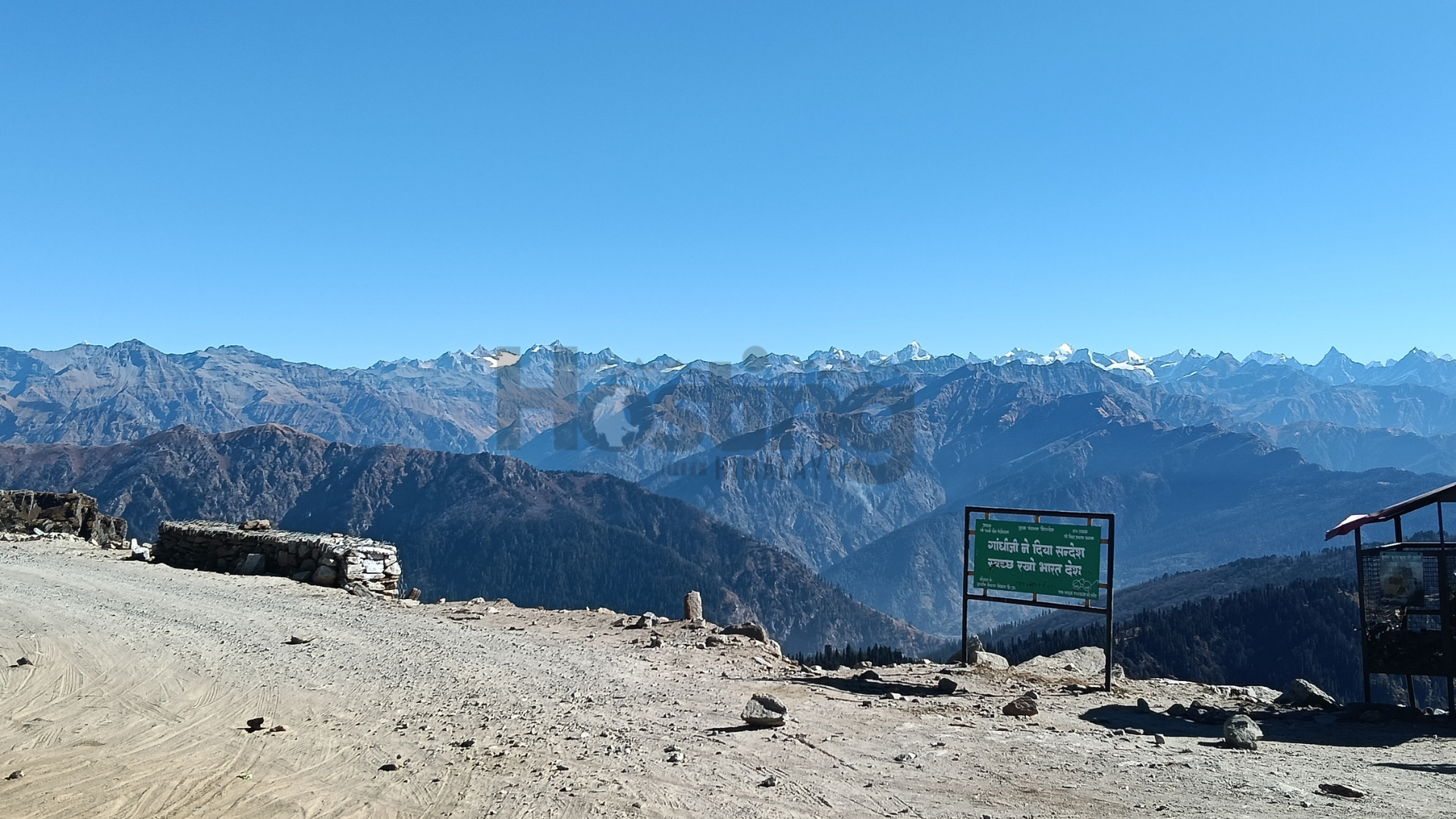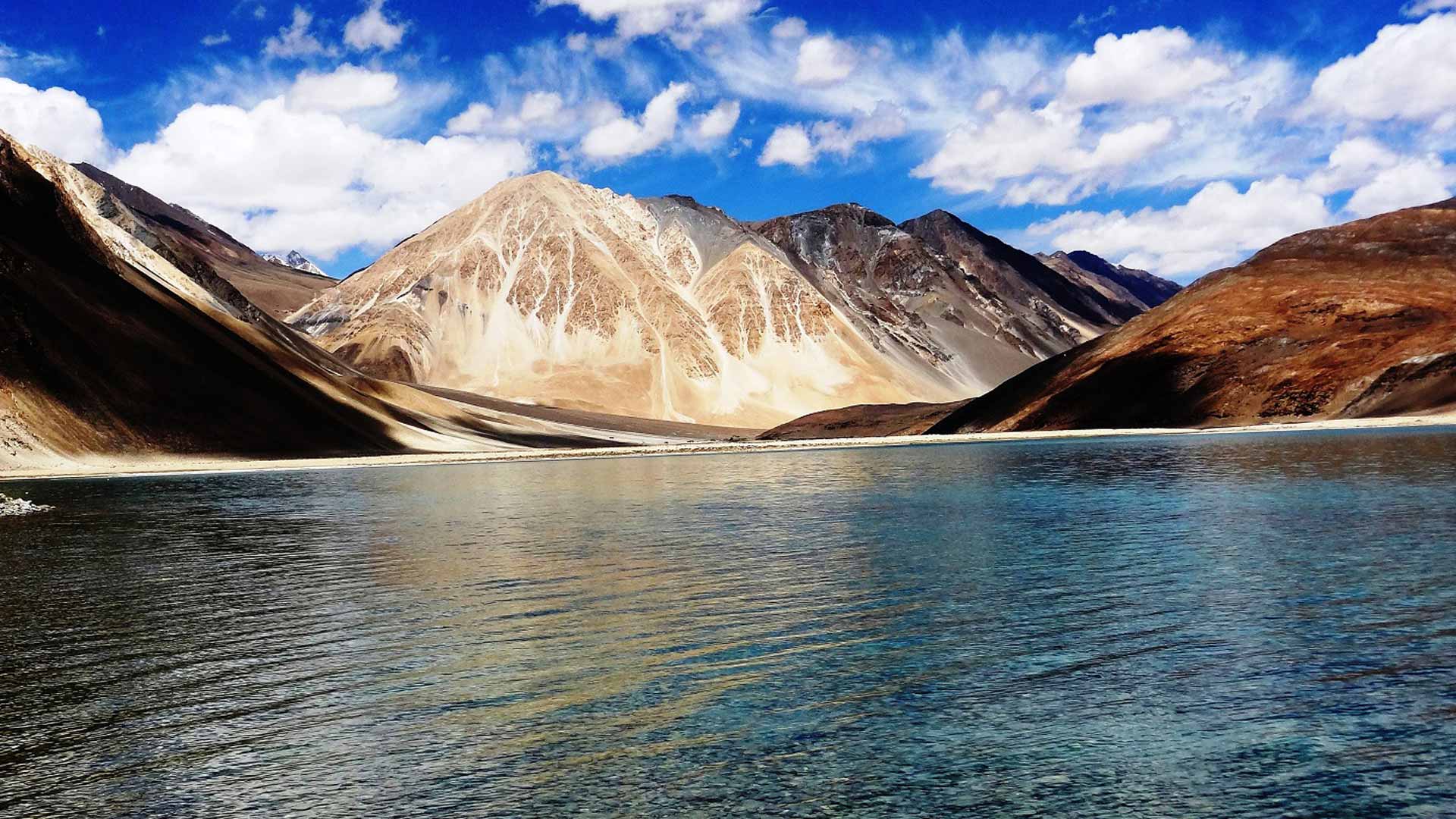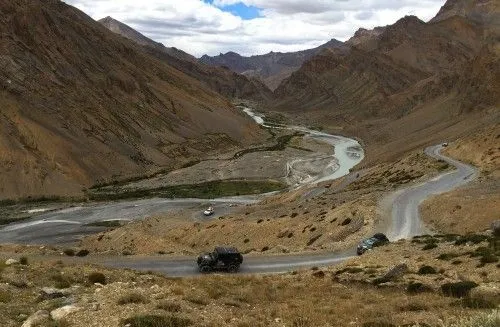8219029881
hostinghimalaya@gmail.com
Do not hesitage to give us a call. We are an expert team and we are happy to talk to you.
+ 91 8219029881
hostinghimalaya@gmail.com

Through the passes of Zanskar region

Leh, Nubra, Pangong & Padum

Of Ladakh, Tso Moriri & Pangong

New road via Jispa, Shinkula, Padum
1,985 kms
Any SUV (Non-4×4 also)
13 Days
12N / 13D
– 60% Tarmac 40% Broken Roads
70%
1,36,000/person (Inclusive of Taxes)
The Roof of India is a very special itinerary. It’s quite an off-road itinerary on a new road via Jispa, Shinkula and Padum. In this expedition we will drive through high passes of Zanskar region. On the way we will enjoy the greatest lakes of Ladakh which are Tso-Moriri and Pangong Lake. In this trip we will stay at premium properties at Padum, Leh, Nubra and Pangong. In Zanskar we will do off-roading, and Padum to Leh drive is quite an adventure to experience.
Hi, I was born and brought up in Himachal and each Summer/Autumn season, I would see hordes of bikers and convoys traveling to the usual Leh – Ladakh route. (To an extent that they would cause traffic jams in the hills).
Hence, I was in a search of something which offers a unique experience, much more than this usual drive. I set out to explore the Roof of India route that can be offered to our guests.
To create a right balance, we decided to craft this experience in a manner that you enjoy your stay in the premium hotels of the places with the touch of luxury and Himachal’s hospitality.
Thus, by balancing these factors of pristine nature, lakes, luxury, experience, culture, road routes and mountain passes; the route & journey to the “Roof of Himalaya” was developed. So what’s stopping you from experiencing this? Let’s do it.!!
Yogender Chander
Hosting Himalaya
On Day 1, we will drive to Manali to discover why this destination is so popular among travelers and backpackers, both in India and abroad. As we enter the lush green landscape of the Kullu district, we’ll ride through pine-scented forests, alongside crystal-clear rivulets, and enjoy distant views of snow-clad peaks. The vibrant panorama of the Pin-Panjal and Dhauladhar Himalayas will captivate us. Situated at an altitude of 6,398 feet in the Beas River Valley, Manali is a hill station worth visiting. After exploring the beautiful Beas Valley surrounded by majestic mountains, we will check into our hotel for an overnight stay.
On Day 2, we will head to Jispa, a small, picturesque Himalayan town located in the Lahaul Valley of Himachal Pradesh. Situated on the right bank of the River Bhaga, Jispa is a two-hour drive from Manali and offers stunning views of the Chandrabhaga Valley. This quaint village, located on the Manali-Leh highway, serves as a pitstop en route to Leh. The calm and serene atmosphere provides a zen-like sensation amid mist-covered mountains and clouds.
Today, we will drive to Padum, named after the 8th-century Buddhist guru Padmasambhava. Padum serves as the administrative center of Zanskar Valley and was historically one of the two main capitals of the Zanskar kingdom, alongside Jangla.
The route from Jispa to Padum via Shinkula Pass is generally good, except for a 30-meter stretch that requires a stream crossing and a rocky section near the summit of Shinkula Pass. The Gonbo Rangjon mountain—one of the most revered and photographed peaks—is located about 9 kilometers from Shinkula Pass and involves a steep descent.
Depending on our arrival time in Purne, we can either stop for an overnight stay in Purne village or continue our drive to Padum. Both Purne and Padum are ideal for travelers seeking peace and solitude away from bustling tourist spots. Here, you can immerse yourself in the barren beauty of Zanskar Valley.
Today is dedicated to cultural exploration and fun activities around Padum. The area is rich in stunning Buddhist monasteries that radiate positive energy throughout the valley. Most of these holy sites were built between 500 and 2,500 years ago, offering an immersive experience with relics of Buddhism. You can also visit Shilla Waterfall, just a short 30-minute drive away, nestled against a towering mountain in the charming village of Shila.
On Day 5, we will travel to Leh, known as the beautiful crown of India in the Indus River Valley within the union territory of Ladakh. This region is characterized by high passes and lakes surrounded by snow-capped mountains. Leh’s unparalleled beauty has made it a favorite among travelers worldwide. We will check into a premium property here and unwind for the day.
On Day 6, after lunch, we will drive to Nubra Valley by crossing Khardung La—one of the world’s highest motorable roads. The four-hour drive will take us to Nubra. Known as a high-altitude desert, Nubra Valley is one of Ladakh’s most picturesque locations. With its postcard-blue skies, snow-clad mountains, lakes, and hospitable people, Nubra Valley invites you to an unforgettable experience. Once a trading route connecting eastern Tibet with Turkistan via Karakoram Pass, Nubra features dunes, monasteries, and ancient palaces amidst thick thorny shrubs and plantations of poplar and willow trees. We will spend the night in camps or a hotel.
Spending another day in Nubra Valley allows us to explore its hidden gems and enjoy the warmth of its people. We will visit:
Turtuk Village: The second-to-last village on the India-Pakistan border.
By evening, we will return to our hotel or camps in Nubra.
This fresh day of our Roof of India drive is dedicated to experiencing some of Nubra Valley’s most bucket-listed attractions—specifically visiting Siachen Base Camp. Our overnight stay will be at the same location.
On Day 9, we will visit Pangong Lake (Pangong Tso), known as the world’s highest saltwater lake. This stunning endorheic lake stretches for 134 km across the Indian Himalayas into China. Situated at an altitude of 4,350 meters, Pangong Lake is one of India’s biggest tourist attractions due to its breathtaking beauty, which has also drawn Bollywood filmmakers. After exploring the lake, we’ll head to Hanle. From Hanle, we’ll take a detour to Umling-La Pass—the world’s highest motorable pass at 19,024 feet above sea level—via Photi La Pass before returning to Hanle village for an overnight stay.
Hanle village is located about 260 kilometers southeast of Leh and over 310 kilometers from Pangong Lake via Tsaga-La and Rezang-La War Memorial. This area has become popular among astrophotographers since the Indian Institute of Astrophysics opened an observatory here in 2001. Hanle is part of India’s first Dark Sky Reserve, covering an area of 1,073 square kilometers. We will visit Hanle Monastery built in the 17th century before heading to Tso Moriri Lake—a 26 km long alpine lake situated at 4,522 meters above sea level. By evening, we’ll return to Leh for an overnight stay at a hotel.
On Day 11, you have the option to either board a flight back to your hometown or join us for a drive back to Manali where we will spend another night.
On Day 11, we’ll be returning to Leh city. En route, we’ll pay a visit to fabled Buddhist monasteries like Hemis, Shey, Thiksey and Stakna.
We set off early today for what promises to be one of the most challenging drives of our trip. On previous journeys along this route, we spotted Tibetan wolves running alongside us for over a kilometer; with luck, we might witness similar rare sightings again. Tonight we’ll check into a premium hotel for an overnight stay in Manali, where we can relax over dinner and drinks while reminiscing about our adventures on this trip.
The next morning, we pack our bags to return to our homes, taking with us all the beautiful memories…
